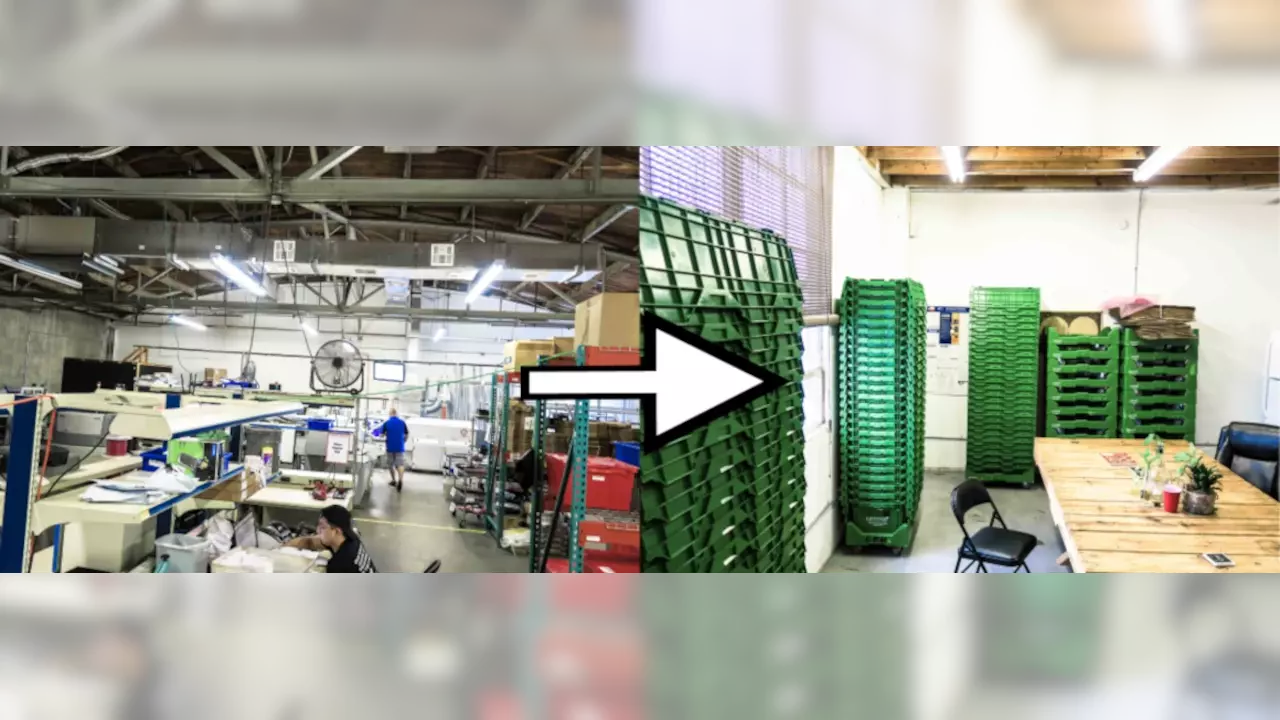Related Topics
The Name Will Arrive
The quest for the right connector for a project! The right of passage for any hardware electrical engineer starts with a connector catalog.
Update on the MacroDuino and FX DEV Board
On this episode, Stephen gives an update on the FX Dev board and Parker talks about his MacroDuino project.
Cloud Net
On this episode, Parker and Stephen talk about IoT Security Certifications and Arduinos...lots of Arduinos.
Other Resources
Circuit Break Podcast
Webinars
Videos
Tour MacroFab's ITAR-Compliant Facility
October 14, 2016, Episode #37
- MacroFab is moving soon. Fun times! See Figure 1 to see all the stuff we need to move.
- Parker has finished the first version of the Selective Solder Fixture. It uses magnets to support the PCB to prevent sagging.
- To calibrate the machines MacroFab is designing, Parker is working on the O.A.T.B. or Optical Alignment Test Board. It is a 16″x16″ PCB panel that has markings and footprints of all sizes to calibrate computer vision systems.
- As a side project, Parker is gathering parts for the Fantastic Air Realtime Tester. He is going to use a Adafruit Light Tower, the Macro Duino, and possibly the IAQ-CORE air quality sensor. The IAQ-CORE runs $35 however and Parker wants to try the CCS811 which is probably cheaper if he can get his hands on one.
- Stephen has been continuing work on the Synth Engine he was working on the past couple weeks. The AD9833 is up and running along with a 16bit A/D and D/A. He is able to produce a saw wave that ranges from 13.75Hz to 14080Hz. It is 0.5V/octave or 0.041666V/note. Tuning and tracking is excellent.
- It seems the Arduino libraries can not handle floating point calculations past 7 decimal places.
- Stephen has also jumped on the fixture train and has a cut tape strip feeder for placing cut tape and reduce wastage on our My200 Pick and Place.
- Scott Shawcroft, a previous guest on MEP, now writes for Adafruit! His first article is about the Arduino Zero and is a very technical walk through. Go check it out!
- Parker has found that datasheet pin names vary from manufacture to manufacture for the same chips. Example is the 74HC595 and pin 9 which is the serial output of the IC. KiCad uses inverse QH for the 74HC595 pin 9 marking. Wat.
- Someone should decap different 74HC595’s or other 7400 series chips to see how much different they are.
- IoT done right? Mark Rittman using a Amazon Echo to voice control his Tea kettle.
- My university banned Arduino for senior design. You won’t believe what they had to use!
About the Hosts

Parker Dillmann
Parker is an Electrical Engineer with backgrounds in Embedded System Design and Digital Signal Processing. He got his start in 2005 by hacking Nintendo consoles into portable gaming units. The following year he designed and produced an Atari 2600 video mod to allow the Atari to display a crisp, RF fuzz free picture on newer TVs. Over a thousand Atari video mods where produced by Parker from 2006 to 2011 and the mod is still made by other enthusiasts in the Atari community.
In 2006, Parker enrolled at The University of Texas at Austin as a Petroleum Engineer. After realizing electronics was his passion he switched majors in 2007 to Electrical and Computer Engineering. Following his previous background in making the Atari 2600 video mod, Parker decided to take more board layout classes and circuit design classes. Other areas of study include robotics, microcontroller theory and design, FPGA development with VHDL and Verilog, and image and signal processing with DSPs. In 2010, Parker won a Ti sponsored Launchpad programming and design contest that was held by the IEEE CS chapter at the University. Parker graduated with a BS in Electrical and Computer Engineering in the Spring of 2012.
In the Summer of 2012, Parker was hired on as an Electrical Engineer at Dynamic Perception to design and prototype new electronic products. Here, Parker learned about full product development cycles and honed his board layout skills. Seeing the difficulties in managing operations and FCC/CE compliance testing, Parker thought there had to be a better way for small electronic companies to get their product out in customer's hands.
Parker also runs the blog, longhornengineer.com, where he posts his personal projects, technical guides, and appnotes about board layout design and components.

Stephen Kraig
Stephen Kraig is a component engineer working in the aerospace industry. He has applied his electrical engineering knowledge in a variety of contexts previously, including oil and gas, contract manufacturing, audio electronic repair, and synthesizer design. A graduate of Texas A&M, Stephen has lived his adult life in the Houston, TX, and Denver, CO, areas.
Stephen has never said no to a project. From building guitar amps (starting when he was 17) to designing and building his own CNC table to fine-tuning the mineral composition of the water he uses to brew beer, he thrives on testing, experimentation, and problem-solving. Tune into the podcast to learn more about the wacky stuff Stephen gets up to.
Special thanks to whixr over at Tymkrs for the intro and outro!
Related Podcasts
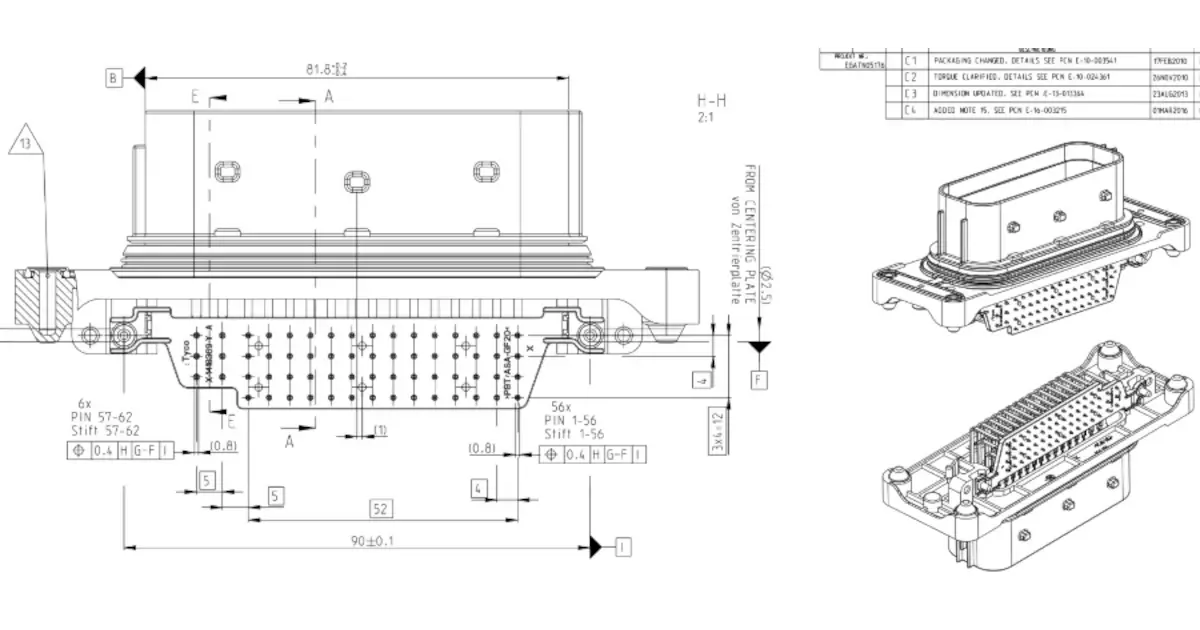
The Name Will Arrive
The quest for the right connector for a project! The right of passage for any hardware electrical engineer starts with a connector catalog.
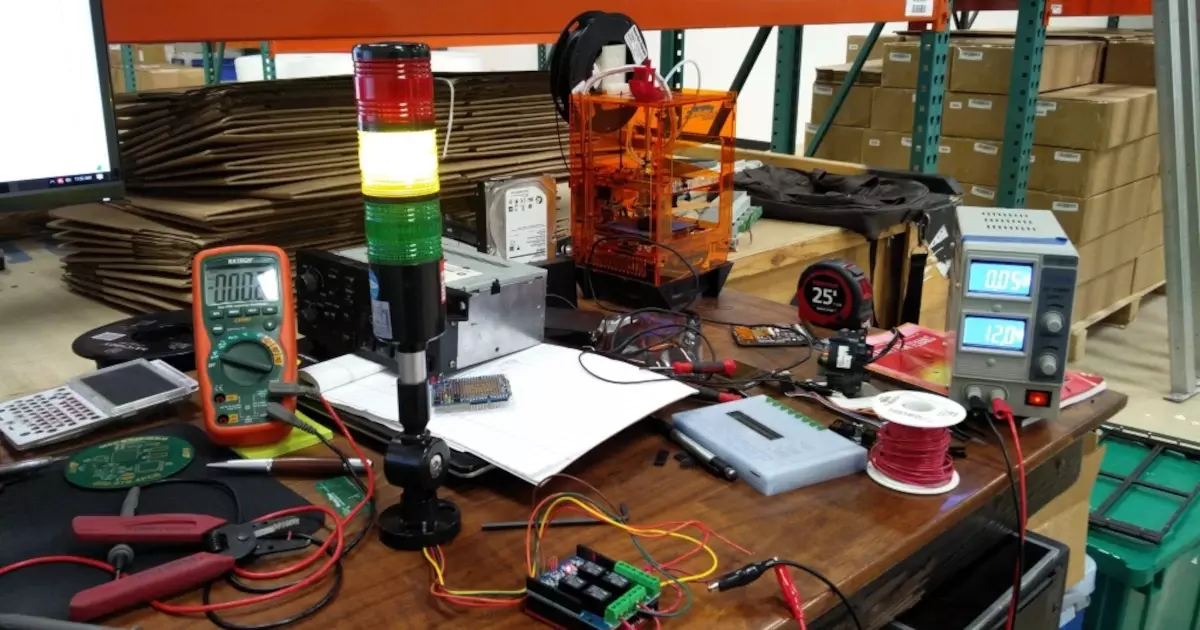
Update on the MacroDuino and FX DEV Board
On this episode, Stephen gives an update on the FX Dev board and Parker talks about his MacroDuino project.
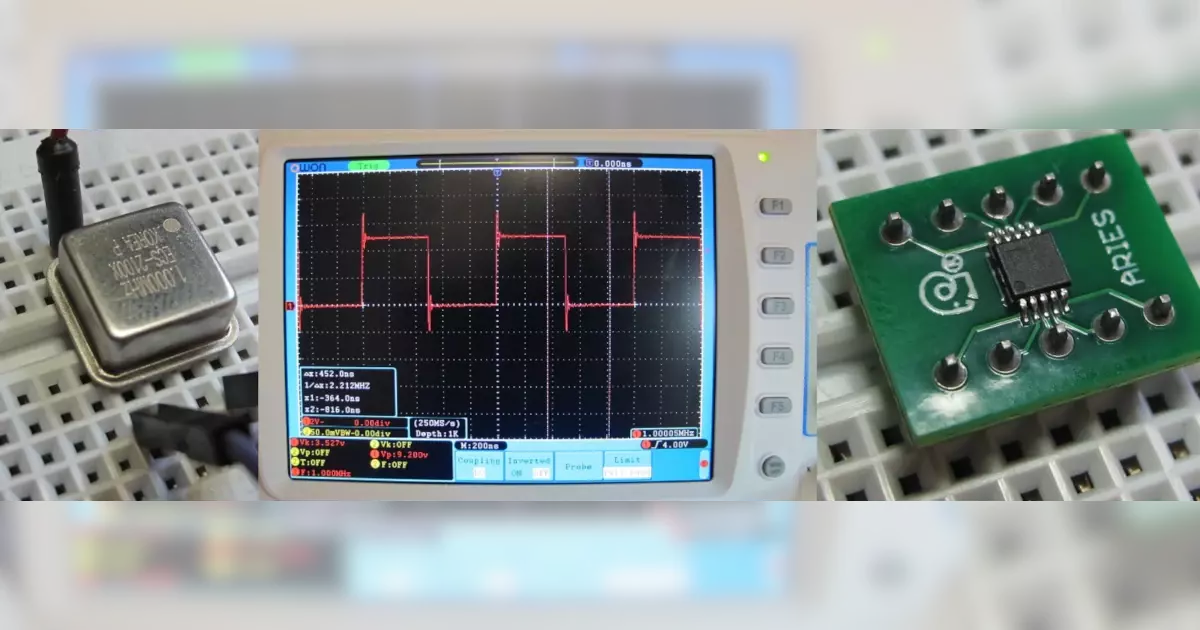
Cloud Net
On this episode, Parker and Stephen talk about IoT Security Certifications and Arduinos...lots of Arduinos.
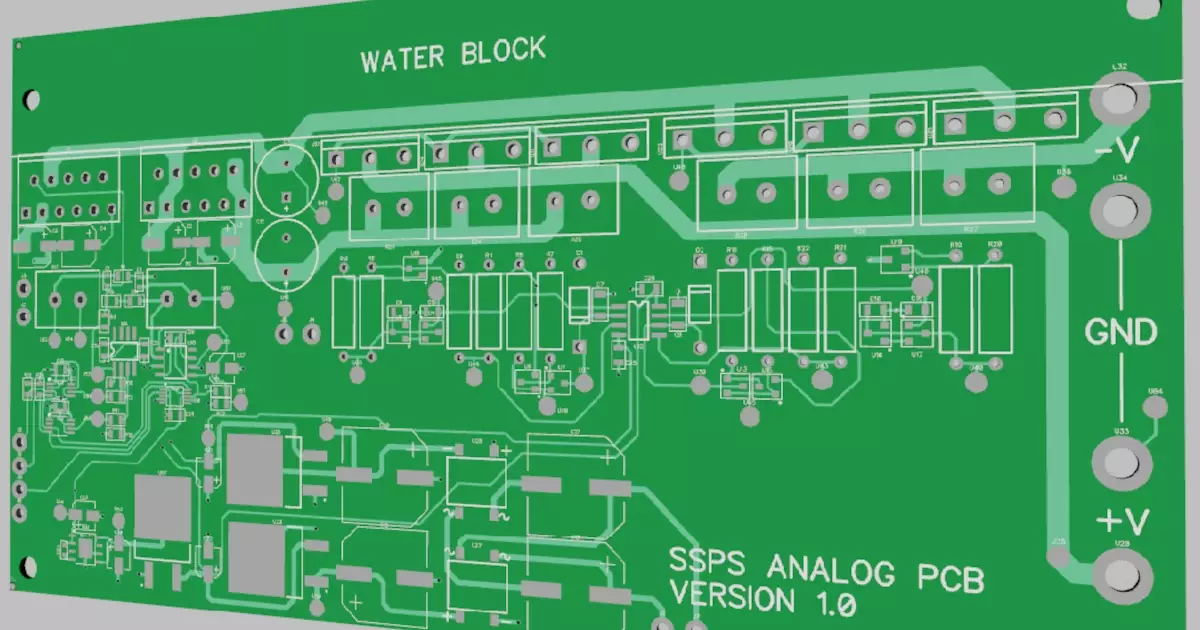
Pokey Datasheets and Incognito Arduinos
This week Stephen and Parker rant about terrible datasheets and incognito Arduinos.
About MacroFab
MacroFab offers comprehensive manufacturing solutions, from your smallest prototyping orders to your largest production needs. Our factory network locations are strategically located across North America, ensuring that we have the flexibility to provide capacity when and where you need it most.
Experience the future of EMS manufacturing with our state-of-the-art technology platform and cutting-edge digital supply chain solutions. At MacroFab, we ensure that your electronics are produced faster, more efficiently, and with fewer logistic problems than ever before.
Take advantage of AI-enabled sourcing opportunities and employ expert teams who are connected through a user-friendly technology platform. Discover how streamlined electronics manufacturing can benefit your business by contacting us today.
